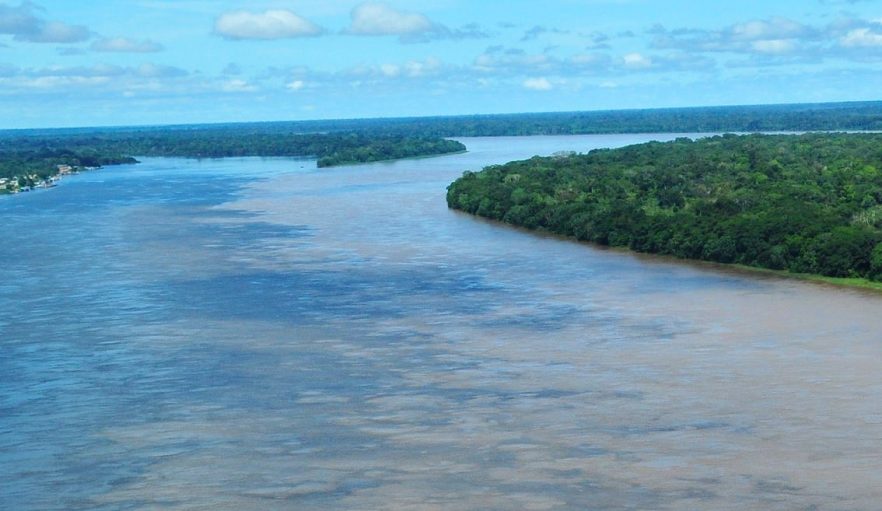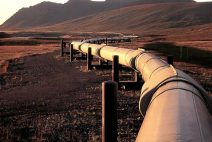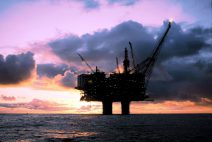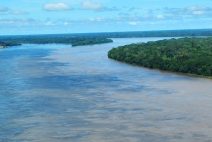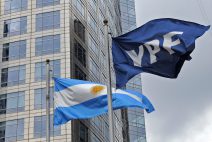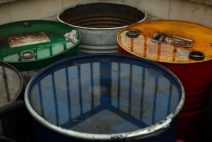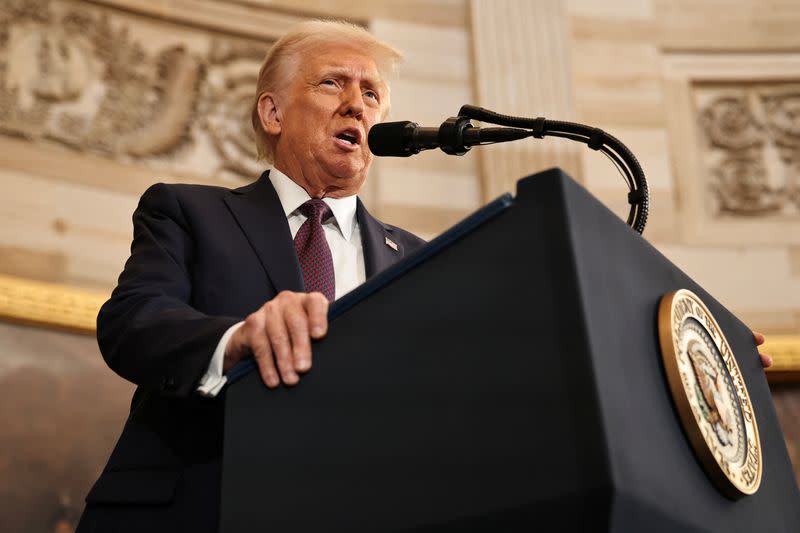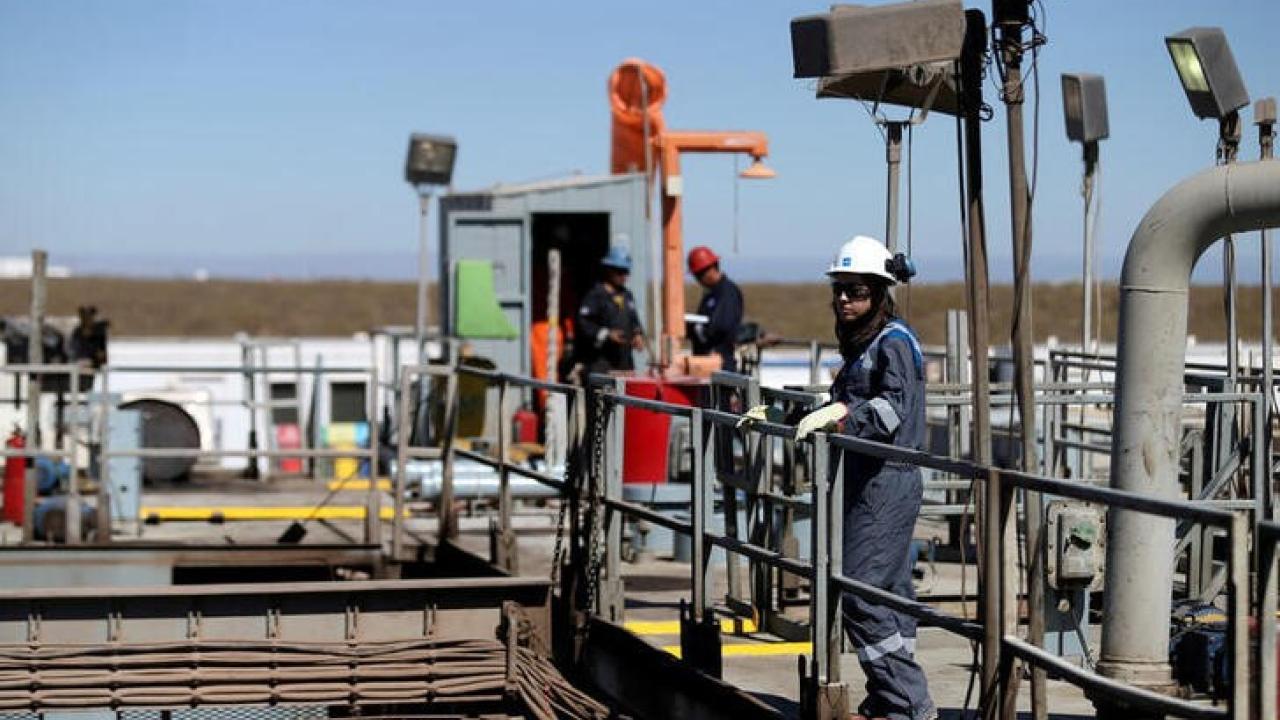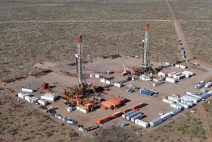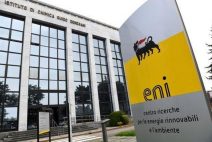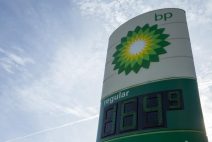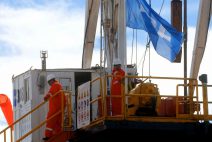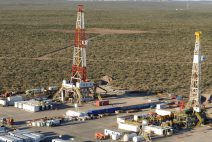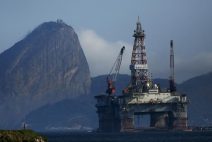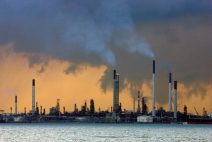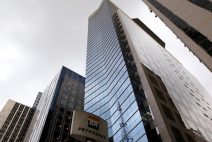Petrobras will take five months to complete drilling a pioneering well in the offshore region near the mouth of the Amazon River, where it has been authorized to explore, as it is an area previously unknown to the company, sources at the Brazilian state oil firm said.
“This is the fifth-deepest well Petrobras has ever drilled, and it is a pioneer well in an unexplored area. That requires great care,” said Sylvia Anjos, Petrobras’ Exploration and Production director, at a press conference.
The executive admitted that Brazil’s largest company usually needs only 35 days to complete a well at similar ocean depths, but the well drilling that began on October 20 in the so-called Equatorial Margin requires special precautions.
The company received an environmental license two weeks ago for its first well in the region, located in the deep waters of the Atlantic Ocean about 175 kilometers off the coast and some 500 kilometers from the Amazon River delta.
The granting of the permit ended a nearly five-year contentious process opposed by environmental organizations, which consider the area to be of “extreme sensitivity” because it contains environmental reserves, Indigenous territories, mangroves, coral reefs, and a wide variety of marine life, including endangered species.
Anjos explained that the pioneer well will reach 7,000 meters and drill through a thick rock column in a region where the water depth is 2,800 meters, which increases the operational challenges.
“This technical complexity reinforces Petrobras’ technological capacity to operate in deepwater environments. We will operate in the Equatorial Margin with complete safety and responsibility,” she said.
The director stated that the first well will provide the company with greater geological knowledge of the Equatorial Margin, but at least seven more wells will be needed to determine whether the reserves are commercially viable.
Anjos recalled that Petrobras only discovered oil in the ninth well it drilled in the so-called pre-salt region, off the coasts of Rio de Janeiro and São Paulo, which today accounts for about 80% of the company’s production.
Petrobras believes the Equatorial Margin could become its largest asset in terms of reserves.
Both Guyana and Suriname have discovered massive reserves in areas adjacent to the one Petrobras is set to explore.
